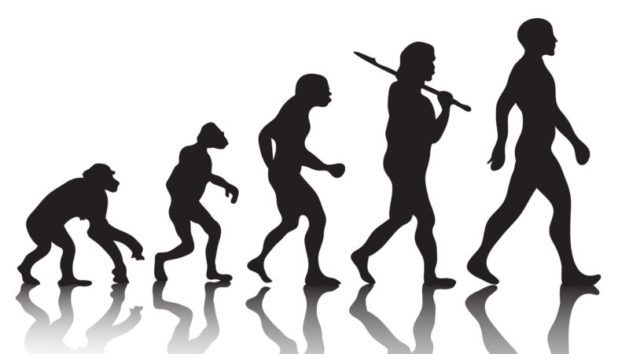Future Humans Would Be Taller, Heavier, And Would Eat More, A New Study Says

We can see how modern humans evolved, as we can study our history and evolution. However, we can’t tell for sure how the people of tomorrow would look like. Now, a recent study carried out by Daniel B. Muller and co-authors Felipe Vasquez and Gibran Vita, all from the Norwegian University of Science and Technology ‘s Industrial Ecology Program, found out that the future human would be taller, heavier, and would eat more.
“It will be harder to feed nine billion people in 2050 than it would be today,” said Gibran Vita, Ph.D. at the before-mentioned Norwegian university.
According to the study, the man of the future would require to eat more food than today. This estimation, corroborated with the prediction that we’ll be 9 billion people on the planet in just a few years and the depletion of the wildlife and plant habitat, indicates to a bleak future for humanity.
Future Humans Would Be Taller, Heavier, And Would Eat More
“We studied the effects of two phenomena. One is that people on average have become taller and heavier. The second is that the average population is getting older,” Gibran Vita said. According to Vita, humans become taller, so they need more food to sustain themselves.
In 2014, for example, an average adult was 14 percent heavier, about 1.3 percent taller, 6.2 percent older, and needed 6.1 percent more energy than in 1975. “An average global adult consumed 2465 kilocalories per day in 1975. In 2014, the average adult consumed 2615 kilocalories,” Vita added.
Worldwide, foods consumption raised by 129 percent between 1975 and 2014. About 116 percent out of that 129 percent are due to population growth, while increased weight and height in humans caused approximately 15 percent of that raise.
“Previous studies haven’t taken the increased demands of larger individuals and aged societies into account when calculating the future food needs of a growing population. These assumptions can lead to errors in assessing how much food we’ll actually need to meet future demand,” said Felipe Vasquez.
In conclusion, the future human would be taller, heavier, and would eat more.
0 comments